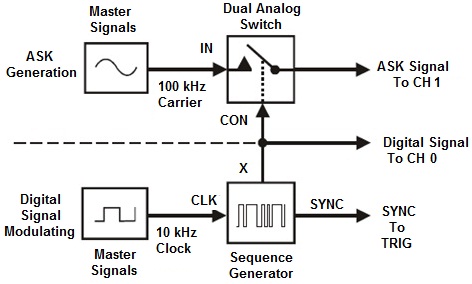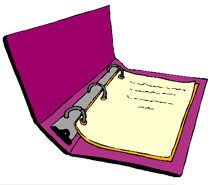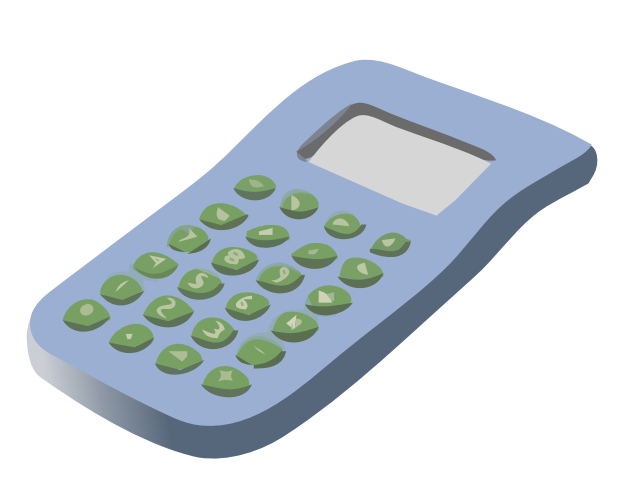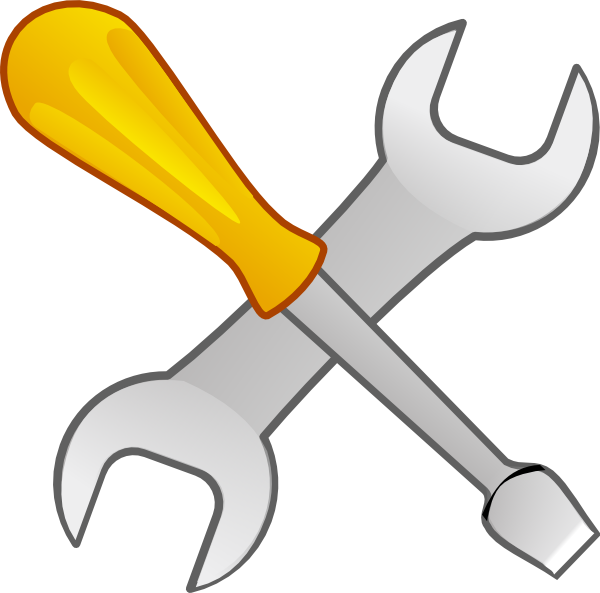TDM is used for digital communications and is achieved by interleaving the users' data. That is, a portion of one user's data is transmitted followed by a portion of the next user's data and so on. Unfortunately, there's a catch. If the message is real-time information that cannot afford to be delayed (like digitally encoded speech) then, as the number of users increases, so must the data's bit-rate. There is a likelihood of the channel's bandwidth distorting the signal causing errors at the receiver.
Another method of sharing the channel is called frequency division multiplexing (FDM) and involves giving the users exclusive and uninterrupted access to a portion of the channel's radio frequency spectrum. To transmit their message the user must superimpose it onto a carrier that sits inside their allocated band of frequencies. This method is used by broadcast radio and television to share free-space. FDM is also used for digital communications and uses the same modulation schemes available to analog communications including: AM, DSBSC and FM.
 |







